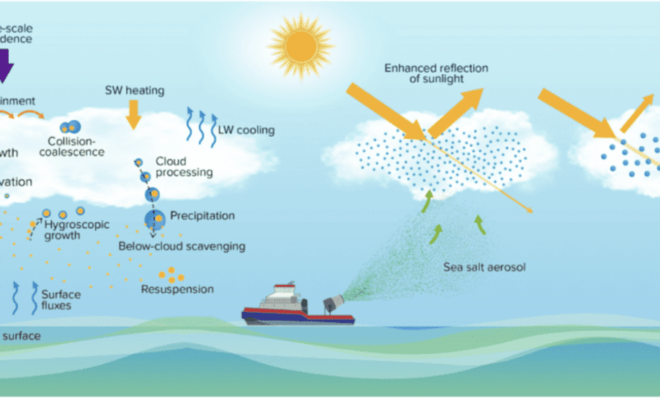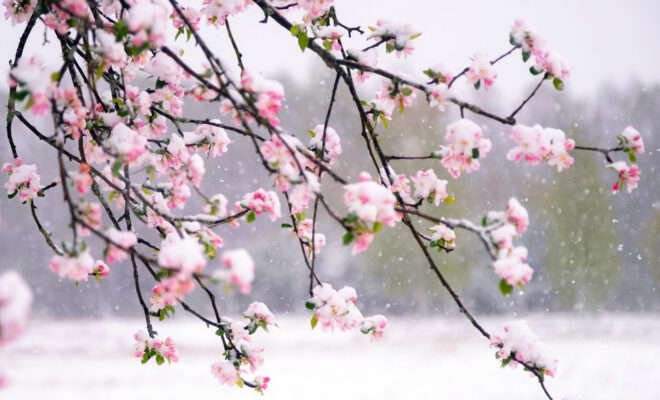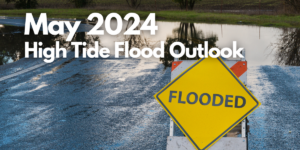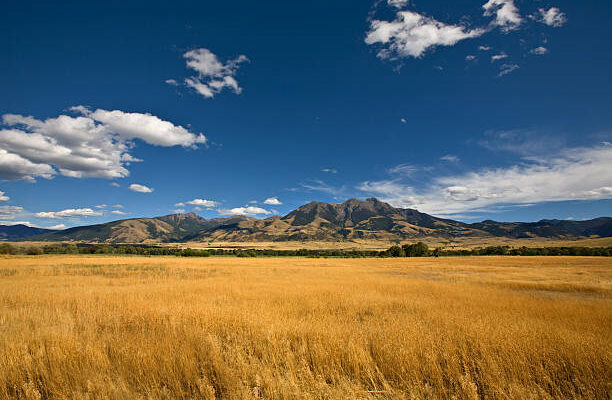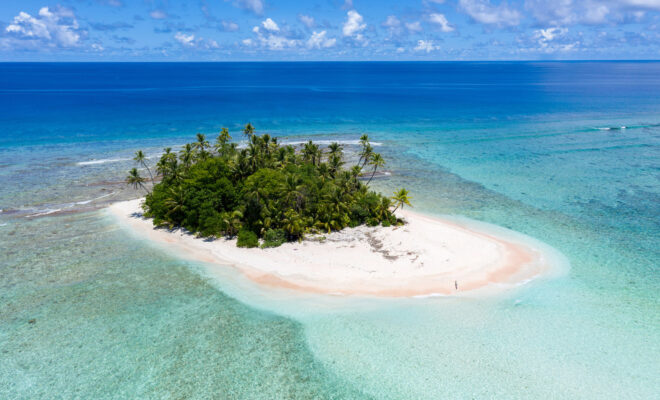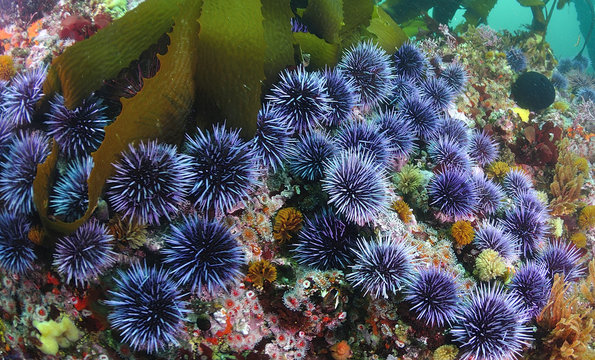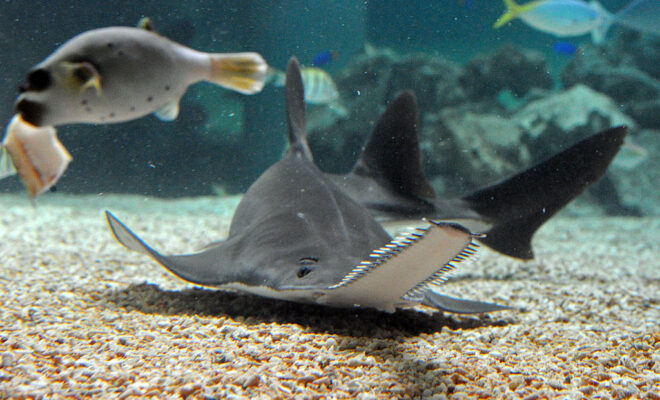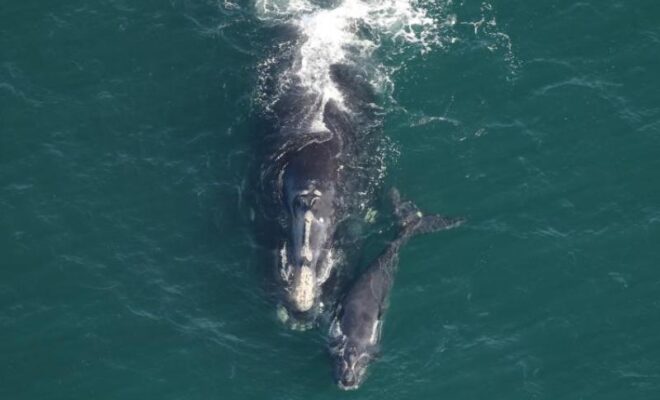Latest Coastal News Filter
Scientists Detail Research to Assess Viability and Risks of Marine Cloud Brightening
By research.noaa.gov. As the levels of greenhouse gases in the atmosphere continue to increase and climate change impacts become more costly, the scientific community is redoubling efforts to investigate the potential risks and benefits of artificially shading Earth’s surface to slow global warming. Marine cloud brightening (MCB) is one of… SEE MORE
When to Expect Your Last Spring Freeze
By noaa.gov. Tired of the wintry temperatures? Well, you don’t need a crystal ball to determine when the last frost may cover your newly potted plants. Instead, take a look at our Average Last Date of Spring Freeze map. Values were derived from the 1991–2020 U.S. Climate Normals—a database of 30-year… SEE MORE
High Tide Flooding Predictions for May 2024
By US Harbors. Coastal Flooding Outlook for May 2024 Per NOAA, mean sea level is typically higher in the late spring due to changing weather patterns and increasing water temperatures. That said, the outlook for tidal flooding this May is pretty contained, and is certainly less than we saw a… Learn More
Spring Outlook: Warmer for most of U.S., wetter in the Southeast
By noaa.gov. Forecasters at NOAA’s Climate Prediction Center — a division of the National Weather Service — predict above-average temperatures for most of the Continental U.S. and Alaska, as part of NOAA’s Spring Outlook released today for April through June.Meanwhile, NOAA’s National Water Center predicts a lower-than-average flood risk across the entire country, due… SEE MORE
Emergency Response Effort for Endangered Sawfish
By fisheries.noaa.gov. The Florida Fish and Wildlife Conservation Commission is documenting reports of abnormal fish behavior, including spinning and whirling, in the Lower Florida Keys. Along with this abnormal behavior, there have also been reports of fish deaths in these areas, including more than 28 smalltooth sawfish as of March 24. The… SEE MORE
When Were Sea Levels Highest?
By Meg Duff. Sea levels are rising as climate change rapidly melts glaciers and ice sheets and the water within the oceans expands in a warming world. But have sea levels ever been higher than they are today? And when were they the highest? In short, sea levels have easily been… SEE MORE
From Urchin Crushing to Lab-Grown Kelp, Efforts to save California’s Kelp Forests Show Promise
By Julie Watson. CASPAR BEACH, Calif. (AP) — A welding hammer strapped to her wrist, Joy Hollenback slipped on blue fins and swam into the churning, chilly Pacific surf one fall morning to do her part to save Northern California’s vanishing kelp forests. Hollenback floated on the swaying surface to… SEE MORE
Bizarre fish behavior baffles experts in Lower Florida Keys
By Louis Aguirre. BIG PINE KEY, Fla. – A marine mystery has researchers searching for answers in the Lower Florida Keys. Since December, 20 critically endangered smalltooth sawfish have been reported dead, according to the latest numbers from the Florida Fish and Wildlife Conservation Commission. “This is a very large species… SEE MORE
Whales and Carbon Sequestration: Can Whales Store Carbon?
By fisheries.noaa.gov. The ocean captures about 31 percent of all carbon dioxide emissions, removing carbon from the atmosphere that would otherwise continue to trap heat and increase temperatures. Blue carbon, or carbon captured by ocean ecosystems includes: Carbon absorbed by aquatic plants, algae, and phytoplankton Carbon stored in the bodies of living animals… SEE MORE
